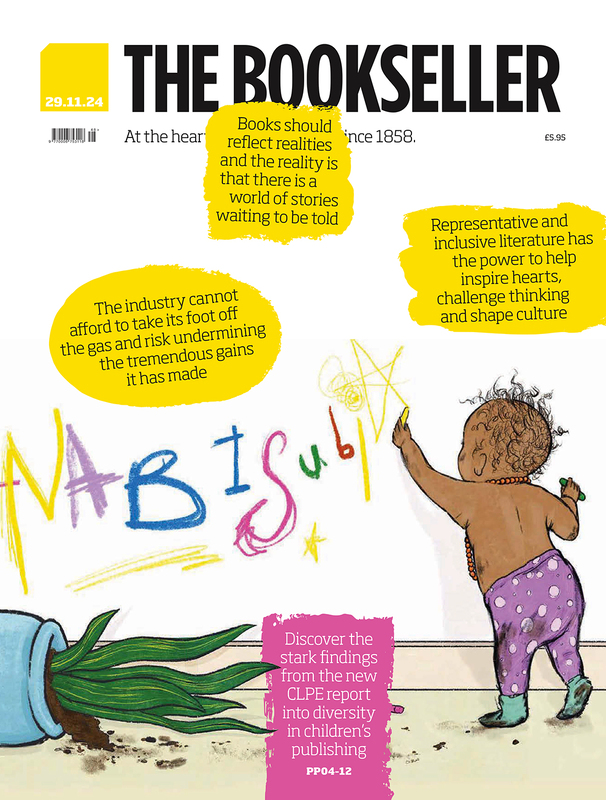You are viewing your 1 free article this month. Login to read more articles.
Carnegie says sideways thinking the key to success
Thirty-five years ago, 25-year-old PhD student Alistair Hodge was about to run out of the money needed to fund his studies when he came up with the idea of using some of his research to write a short booklet on the history of Preston, where he lived.
He printed 2,000 copies, which he delivered to booksellers on his bicycle. Such was the gap in the market that the entire run sold out within two weeks. Reprints followed, then a second booklet on the picturesque village of Ribchester. It became clear to Hodge that a decision had to be made: to continue study, or ride the publishing wave. He chose the latter, and Carnegie Publishing was born.
“It’s been an extremely varied and satisfying 35 years,” says current m.d. Anna Goddard (pictured), who “fell into publishing” after meeting Hodge and offering to help out with the press. “Over the years, I can honestly say I have done absolutely everything at Carnegie at one time or another, from packing books to commissioning, and I think this has been invaluable in enabling me to really appreciate and understand the bigger picture.”
Carnegie, which is now based in Lancaster, has three imprints which are all connected with history: the first, Carnegie Publishing, is for county, city and town histories; Palatine Books is for more local history/interest titles, embracing heritage, walking and folklore; and the third is Crucible Books, for industrial and business history.
The publisher’s recent successes include the “big, beautiful“ A History of Norfolk, and quirky title Gin, Cake and Rucksacks, which is a madcap walk from distillery to distillery in the Lake District.
A broad church
A pivotal moment in the press’ history came around 20 years ago, when it began to offer comprehensive book design and production services to other publishers, organisations and individuals. “We made the decision quite early on in our history to bring all pre-press work for our books in house, for quality reasons, so we have amassed a wealth of skill and experience in all aspects of book production, as well as having an excellent first-hand understanding of publishing, to offer to our clients”, says Goddard. “We have been able to grow this side of the business, meaning that we have more than one string to our bow.”
As for struggles, Goddard says: “Probably the most difficult times have been in the recessions we’ve weathered, the first of which—in the 1990s—caused the collapse of our book distributor, who went into liquidation owing us a huge amount of money. We lost thousands of books, too. It nearly sank us. But we’re pretty determined, and because we are not a big company we can be fleet of foot and adapt, which we did.”
Despite the challenges Goddard cites—including heavy discounting, high production costs and increased competition from other publishers—she concludes that “the opportunities to publish and sell books in non-conventional ways have increased hugely, and if you can think sideways there are ways to succeed”.
This was written as part of The Bookseller's focus on publishing in the north of England; for more content from this focus, head here.









